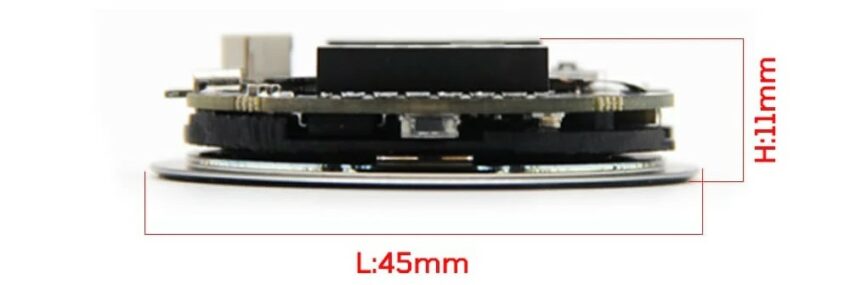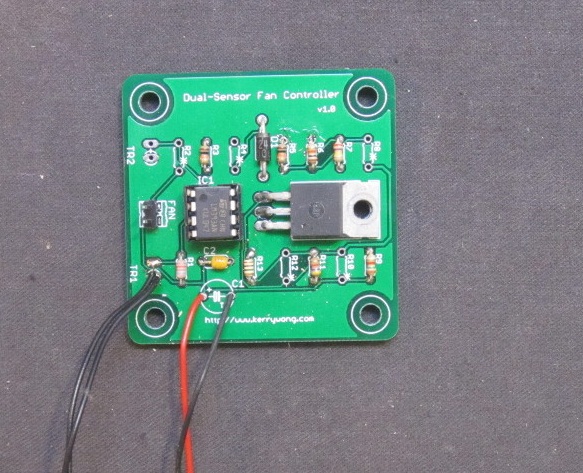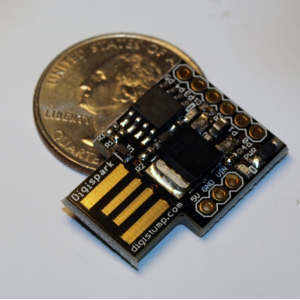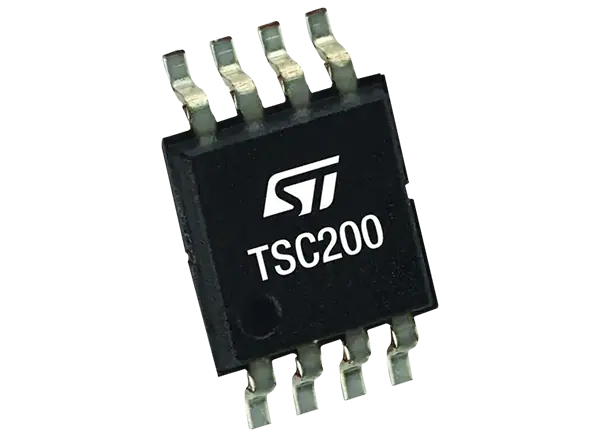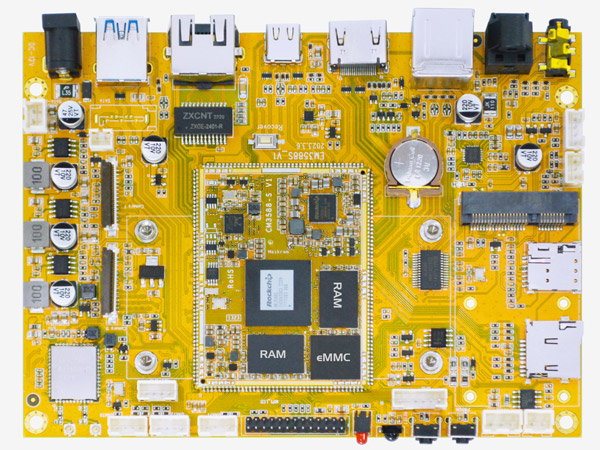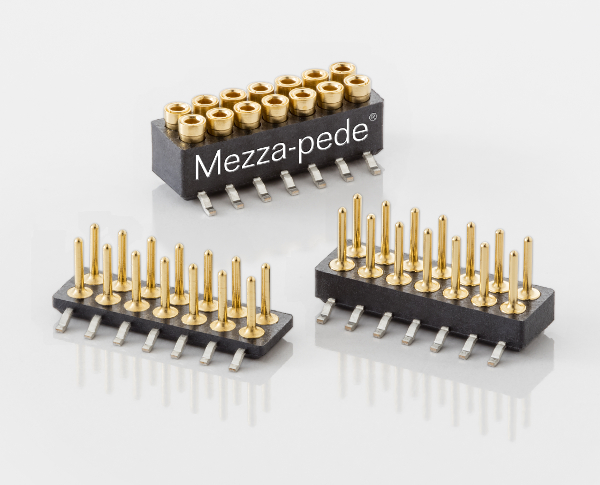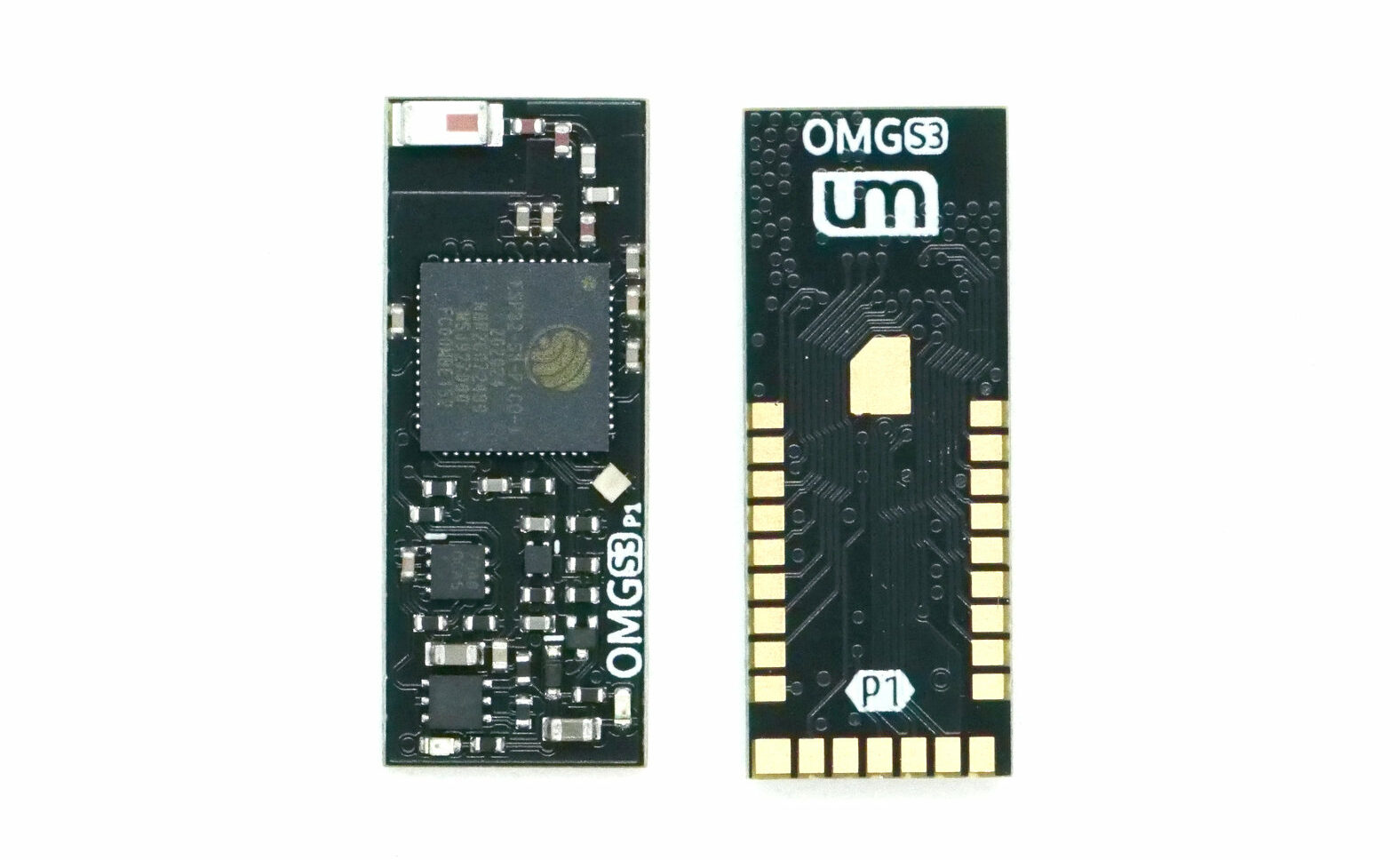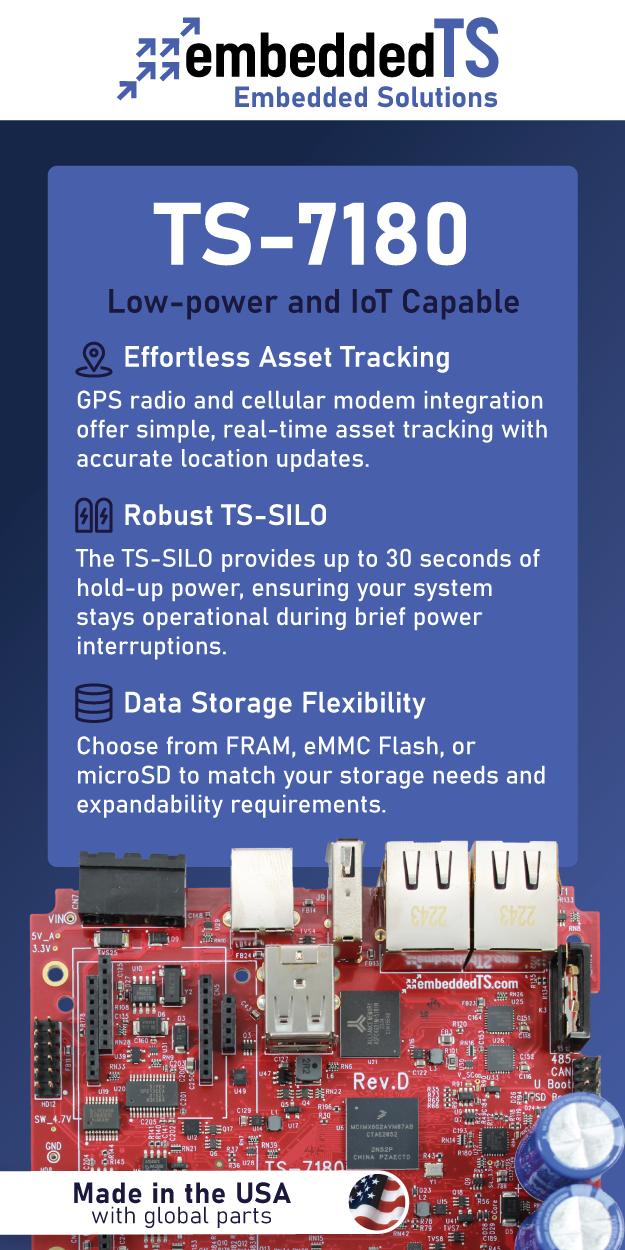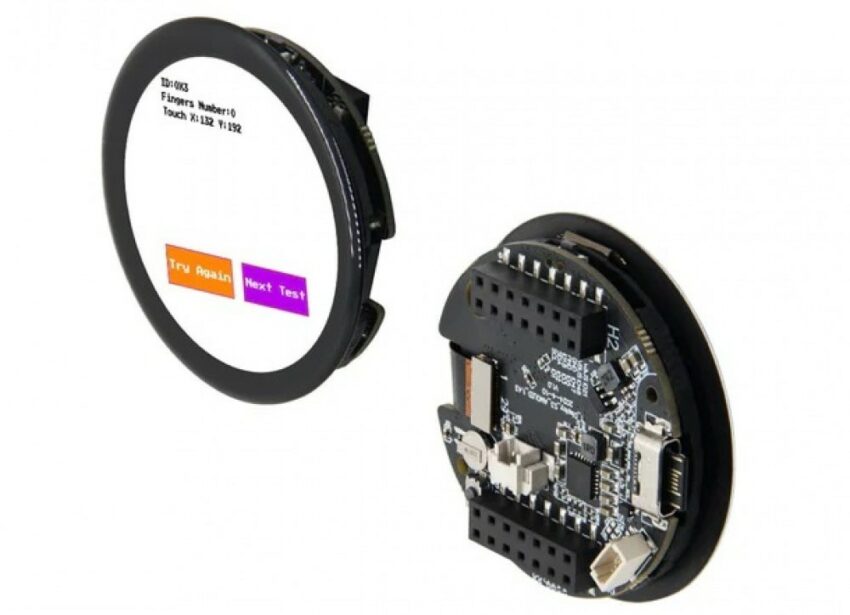
LILYGO T-Display S3 AMOLED: ESP32-S3-R8 Dev Board with SH8601 Display Driver, FT3168 Touch, and SY6970 Charging Chip
The LILYGO T-Display S3 AMOLED is a development board built around the ESP32-S3-R8 dual-core LX7 microprocessor. It includes 8MB of Octal SPI PSRAM and 16MB of Flash storage. The board supports 2.4 GHz Wi-Fi and Bluetooth 5 (LE), making it ideal for standalone, battery-powered applications requiring wireless connectivity.
The 1.43-inch circular AMOLED display offers a resolution of 466x466px and is driven by the SH8601 chip, communicating via QSPI. The display supports the Arduino_GFX library. The board also includes a touch interface using the FT3168 chip over I2C and features the SY6970 chip for charging management, also using I2C for communication.
Previously, we covered several display modules from LILYGO, including the LILYGO T4 S3, LILYGO T-Panel Dual MCU, and LILYGO T-Display-S3, among others. Feel free to explore these products if you’re interested.
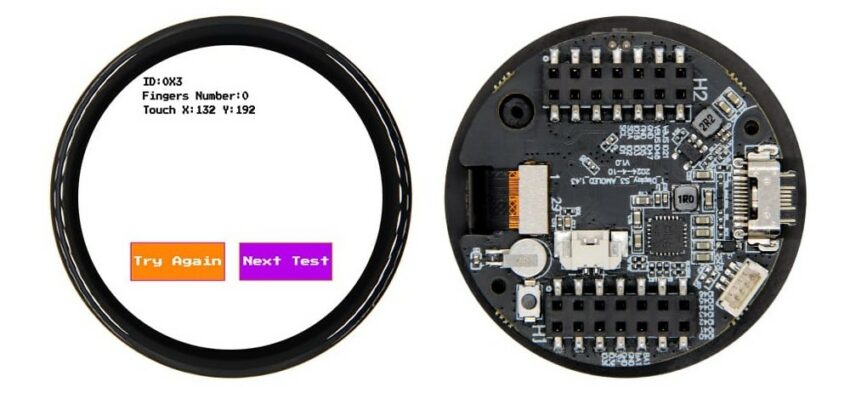
LILYGO T-Display S3 AMOLED-1.43 specification:
- MCU:
- Chip: ESP32-S3-R8 Dual-core LX7 microprocessor
- PSRAM: 8M (Octal SPI)
- FLASH: 16M
- Wireless Connectivity: 2.4 GHz Wi-Fi & Bluetooth 5 (LE)
- Chip: ESP32-S3-R8 Dual-core LX7 microprocessor
- Storage: Micro SD card slot
- Display: 1.43-inch AMOLED circular screen
- USB: Type-C port for charging and programming
- Connectors:
- STEMMA QT/Qwiic UART connector
- JST connector for LiPo battery
- 2x 14-pin headers for GPIOs, I2C, 3.3V, BAT, GND
- Miscellaneous:
- PCF8563 RTC with battery backup
- 1x BOOT-0 button
- Power Supply:
- Charging chip: SY6970
- 5v via Type-C port
- Battery voltage detection (Pin: INT Io04)
- Dimension: 45 mm x 11 mm (L x H)
When powered by a 5V supply without a connected battery, the chip’s output waveform becomes highly unstable. To stabilize it, either connect a battery or use software to disable the battery channel. This will resolve the instability issue.
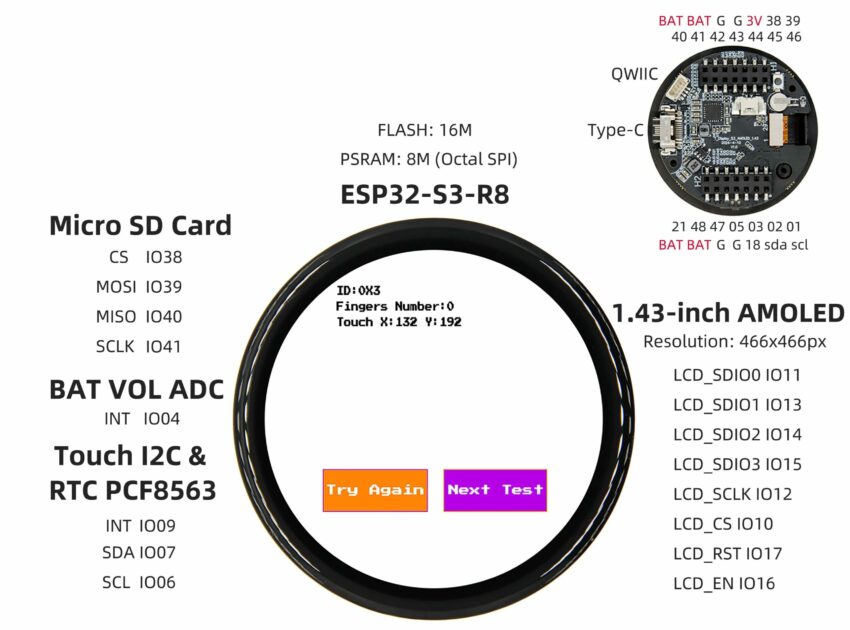
LILYGO states that the board is compatible with Arduino and PlatformIO using the Arduino GFX library, as well as the ESP-IDF framework. The company provides a quick start guide, along with documentation, schematics, firmware files, and Arduino samples. For more information check the GitHub repository of Lilygo.
As of this writing, the company has not provided any updates on the LILYGO T-Display S3 AMOLED-1.43. The product includes a power cable for the JST 2-pin connector and a pin header.
